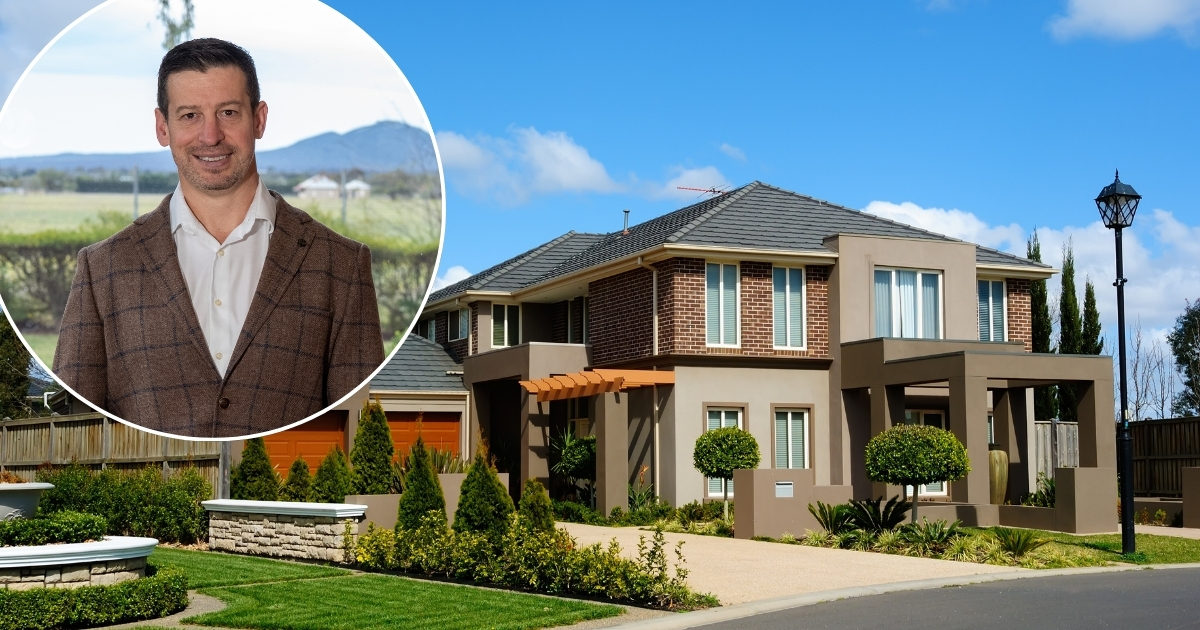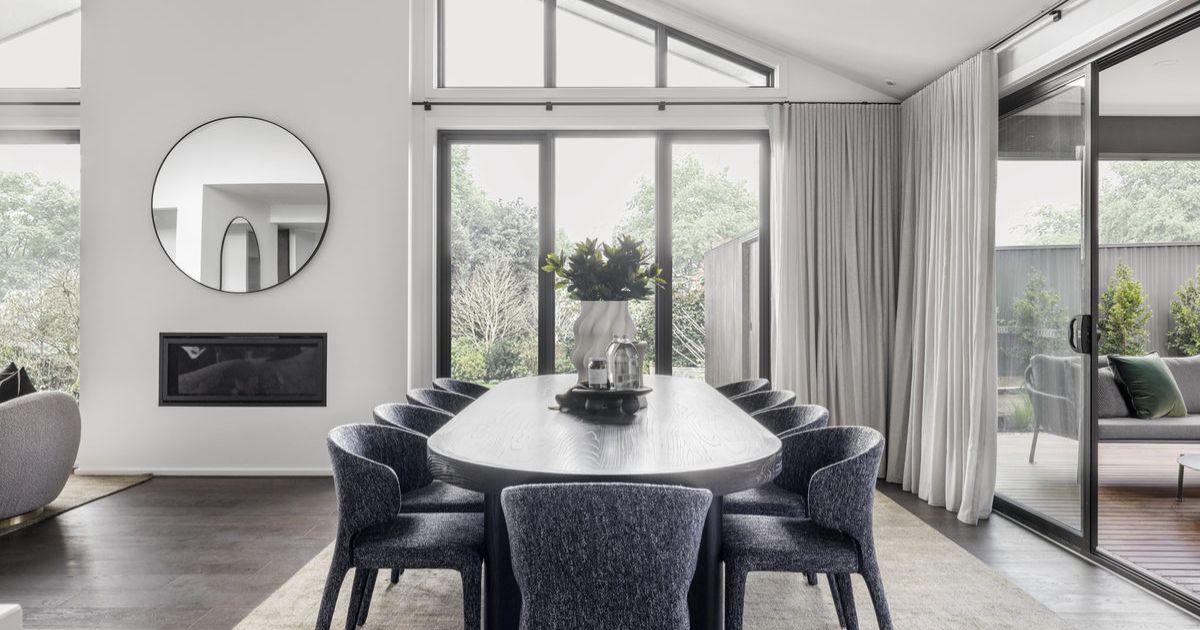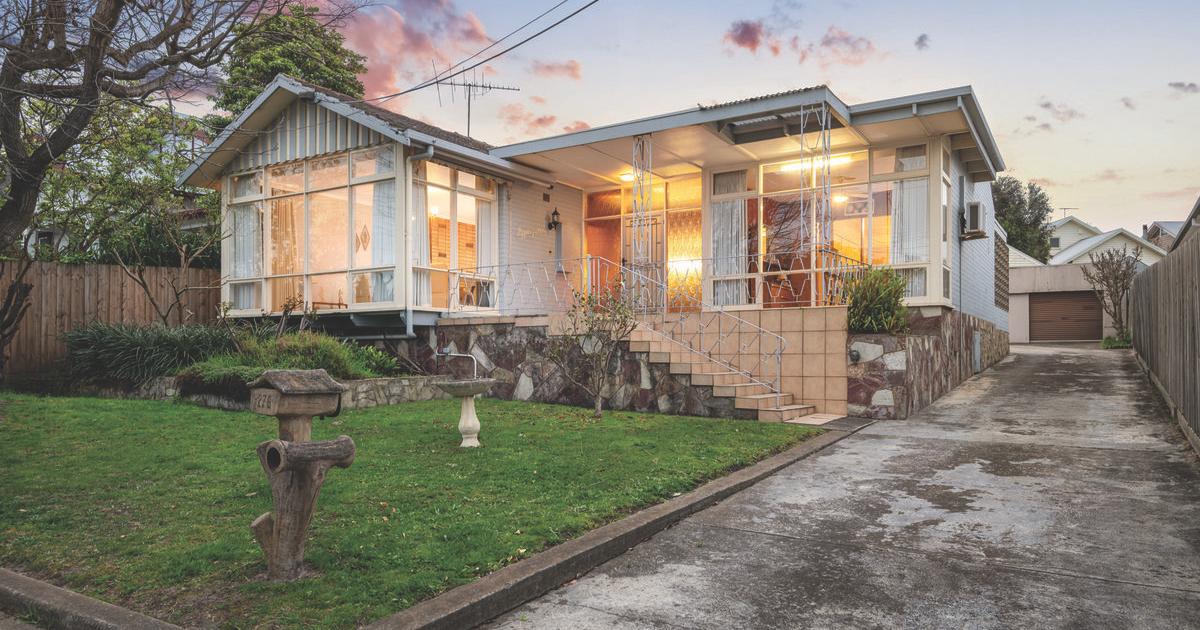Town snapshot – Geelong West
The size of Geelong West is about 2.3sqkm and has three parks covering nearly 2.3 per cent of total area.
The population of Geelong West in 2016 was 6,976 and by the 2021 Census the number was 7,345 showing a population growth of 5% in the area during that time.
Geelong West is a residential suburb immediately adjoining central Geelong.
Between 29 May 1875 and 18 May 1993, Geelong West was also a municipality, which included Herne Hill and Manifold Heights.
In 1839 blocks of land of about 10 hectares were sold by the Government in Geelong West between Pakington Street and Shannon Avenue, northwards from the Barwon River to Church Street, and smaller blocks of about 0.6 hectares were sold two years later.
The reason for releasing the land was probably the high speculative prices being paid for land in Geelong central.
Between 1843 and 1846 the empty land between Geelong and Geelong West, that is, between Pakington Street and Latrobe Terrace (later the municipal boundary), was sold as suburban allotments.
An area south of Ashby became known as Little Scotland, although in the 1857 census it did not have a particularly high population of residents with a Scotch or Presbyterian religious affiliation.
During the mid-1850’s there was local agitation for municipal separation from the Geelong town council.
Twenty years of effort were rewarded on May 29, 1875, when the Geelong West borough was proclaimed.
Its western and eastern boundaries were McCurdy Road and Latrobe Terrace respectively, and the northern and southern boundaries more or less Church Street and Aberdeen Street.
In 1926 an area between Church Street and Bell Parade was taken from Corio shire and added to the borough.
Several industries were established in Geelong West, the largest being Donaghy’s Rope Works (1873) in Pakington Street.
The Newberry foundry (1886) in Lupton Street was a source of both local employment and cast-iron building materials used for the many timber houses to be found in Geelong West.
Shopping in Geelong West had begun in Pakington Street in the 1850’s, and it became the main shopping strip in Geelong West.
It was originally served by a tram line (1912) and other tram lines ran along Church Street and Latrobe Terrace, confined to the eastern side of the municipality.
This left nearly two-thirds of the municipality to be served by buses which came in 1926 with Benders Busways.
Manifold Heights in the middle of the municipality came under residential development in the 1920’s and Herne Hill to its west is mainly a post war suburb.
The vast majority of houses were single-storey timber structures, varying from cottages, double-fronted Edwardian or Federation style and through to Californian bungalow.
After World War II, the timber houses fell in popularity as families preferred newer, brick residences.

Some cottages were knocked over for car-parking space and it was not until the 1980’s that the timber houses were seen as desirable, from the points of view of price and restoration.
CoreLogic data indicates that the predominant age group in Geelong West is 20-29 years with households in Geelong West being primarily couples with children and are likely to be repaying on average $1,996 per month on mortgage repayments, and in general, people in Geelong West work in a professional occupation.
TIDBIT:
Geelong West officially became a town on March 22, 1922.
Population: 7,345
Male: 48.2%
Female: 51.8%
Median age: 36
5 year population change: 5%
House median sales price: $880,000
Change in median price: (5yrs) 30.8%
Median asking rent per week: $500
Average length of ownership: 12 years
Owner occupiers: 59%
Renters: 41%
House median value:
August 2024: $827,000
August 2023: $853,600
August 2022: $900,000
August 2021: $874,000
August 2020: $701,600
House sales per annum:
Period ending August 2024: 137
Period ending August 2023: 109
Land median sale price:
August 2024: $505,000
August 2023: $520,000
Land sales per annum:
Period ending August 2024: 6
Period ending August 2023: 5


















